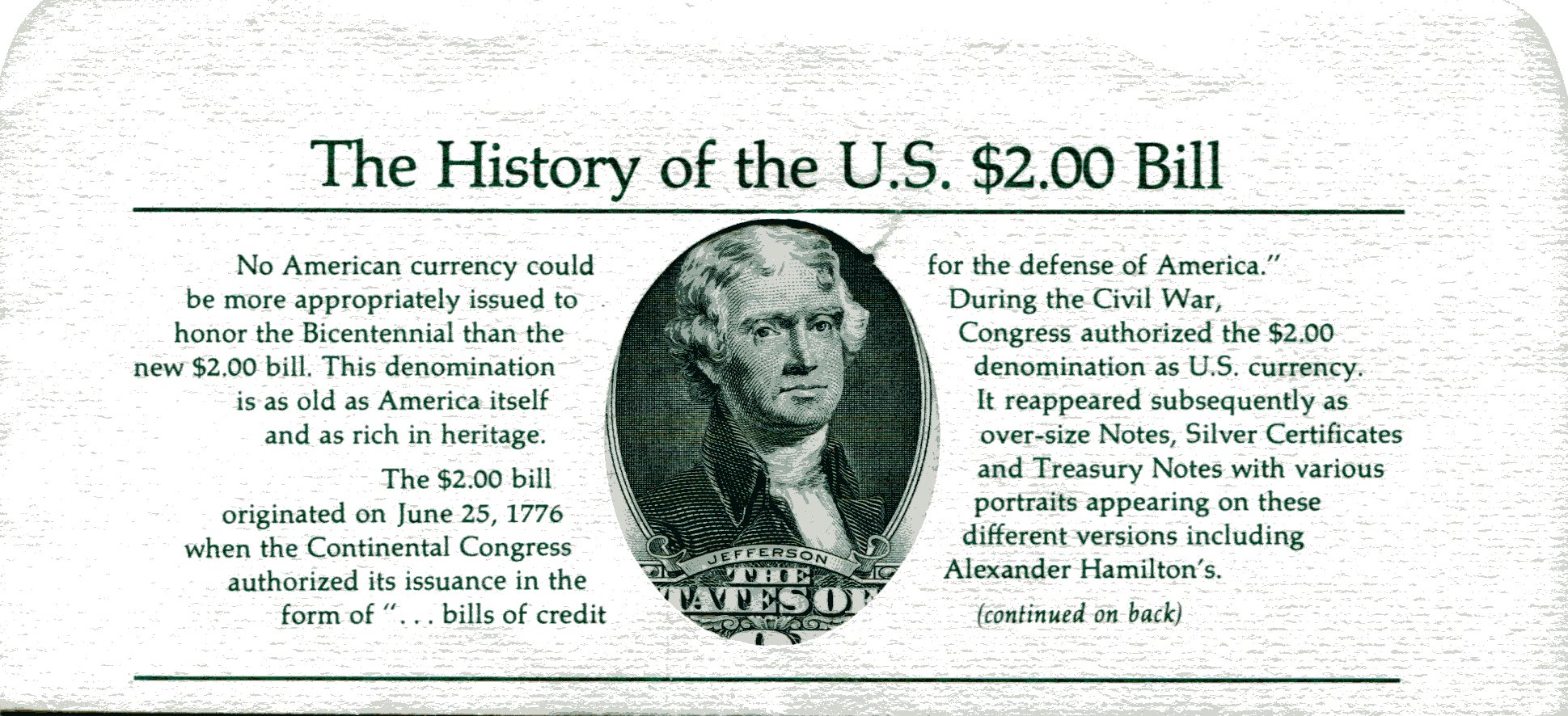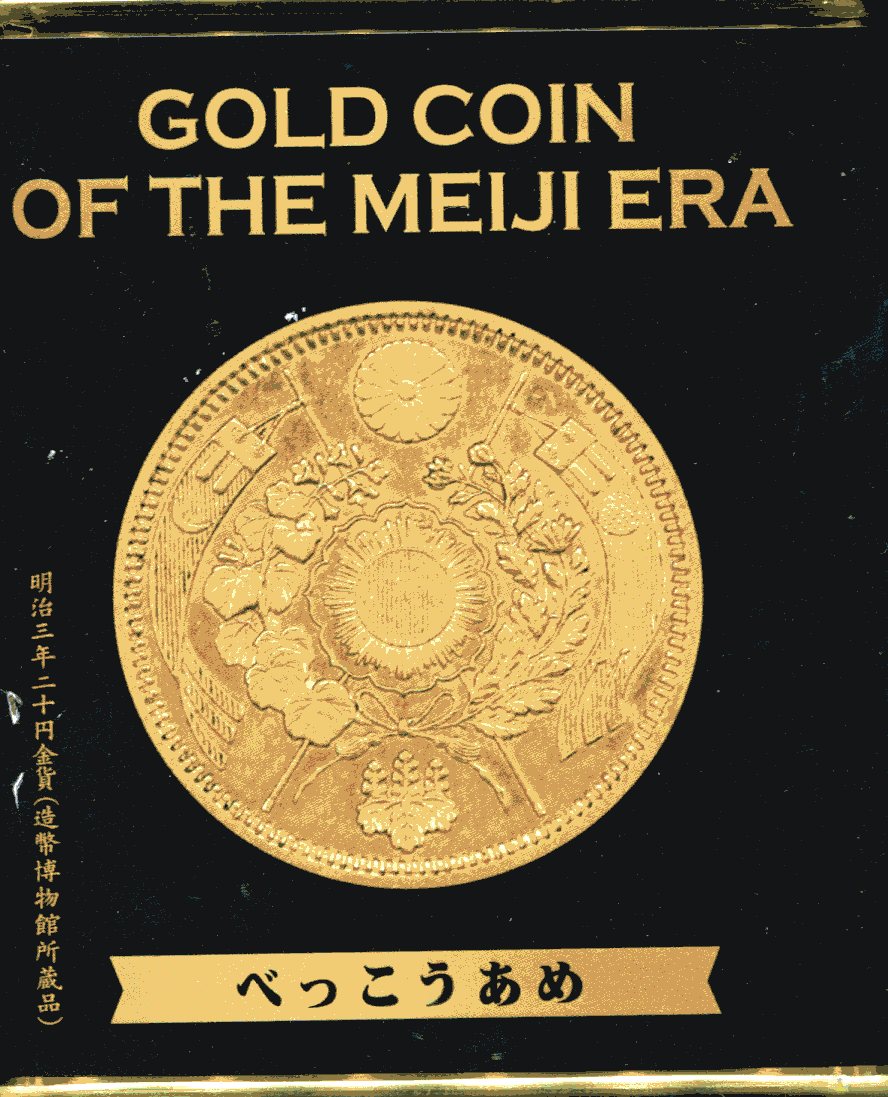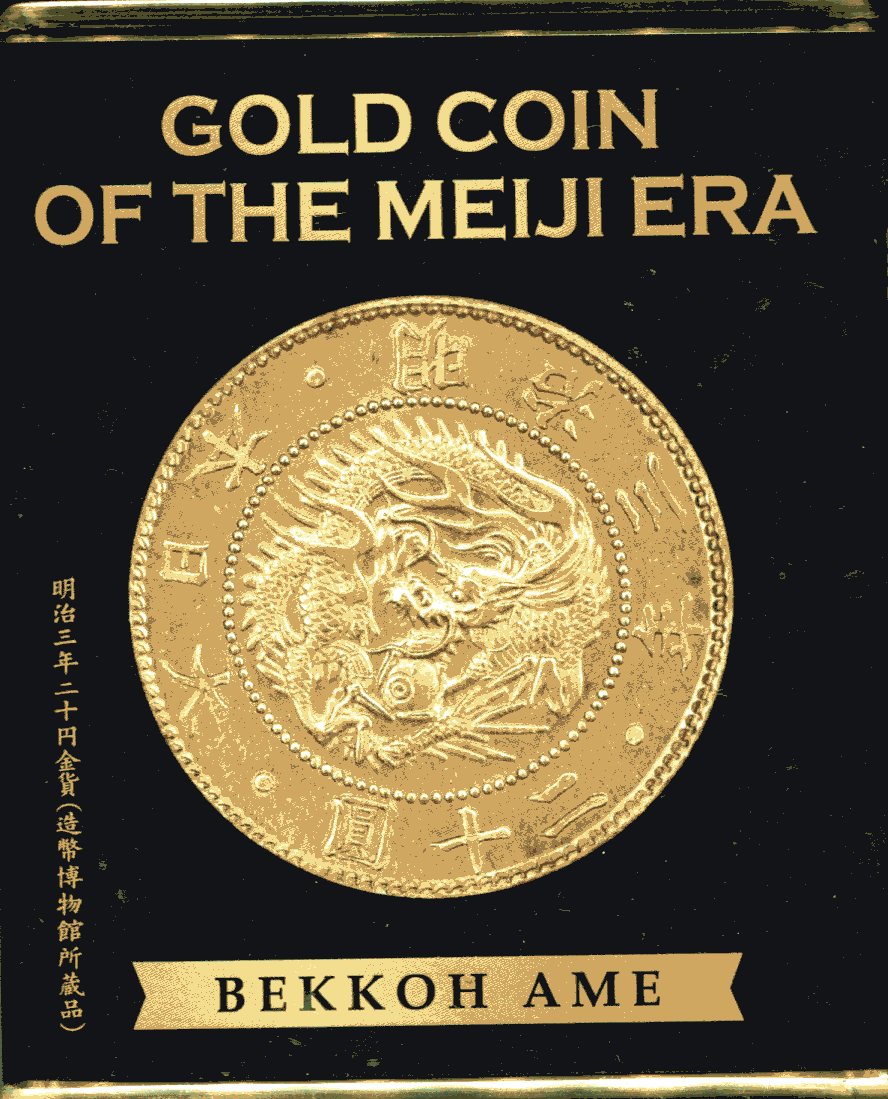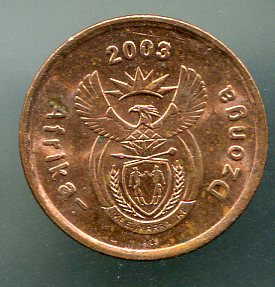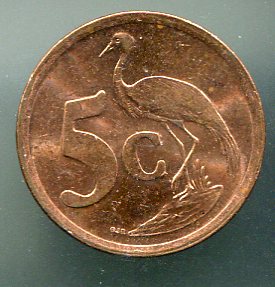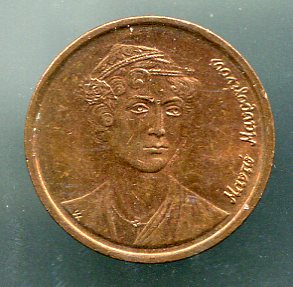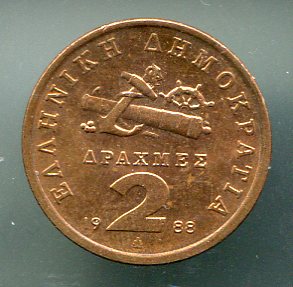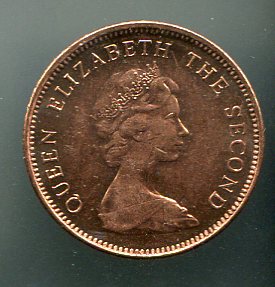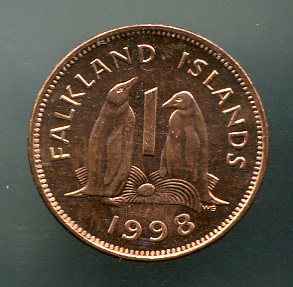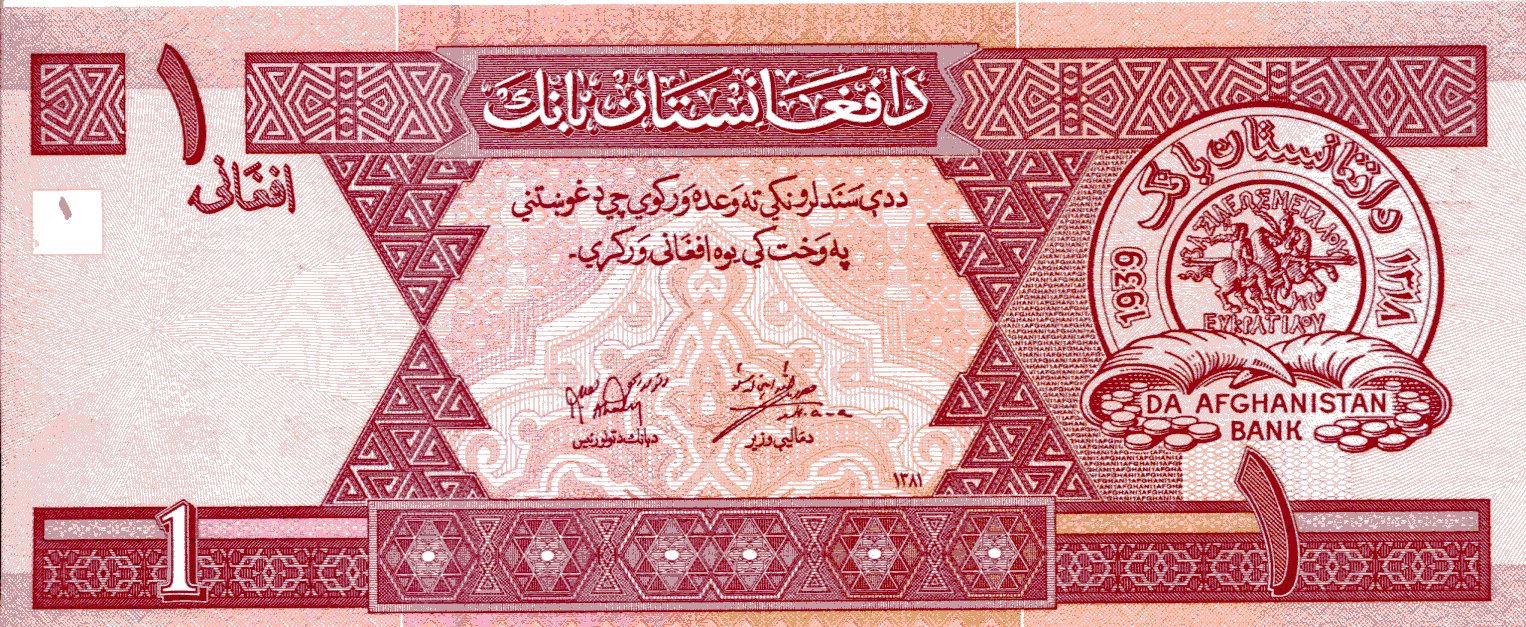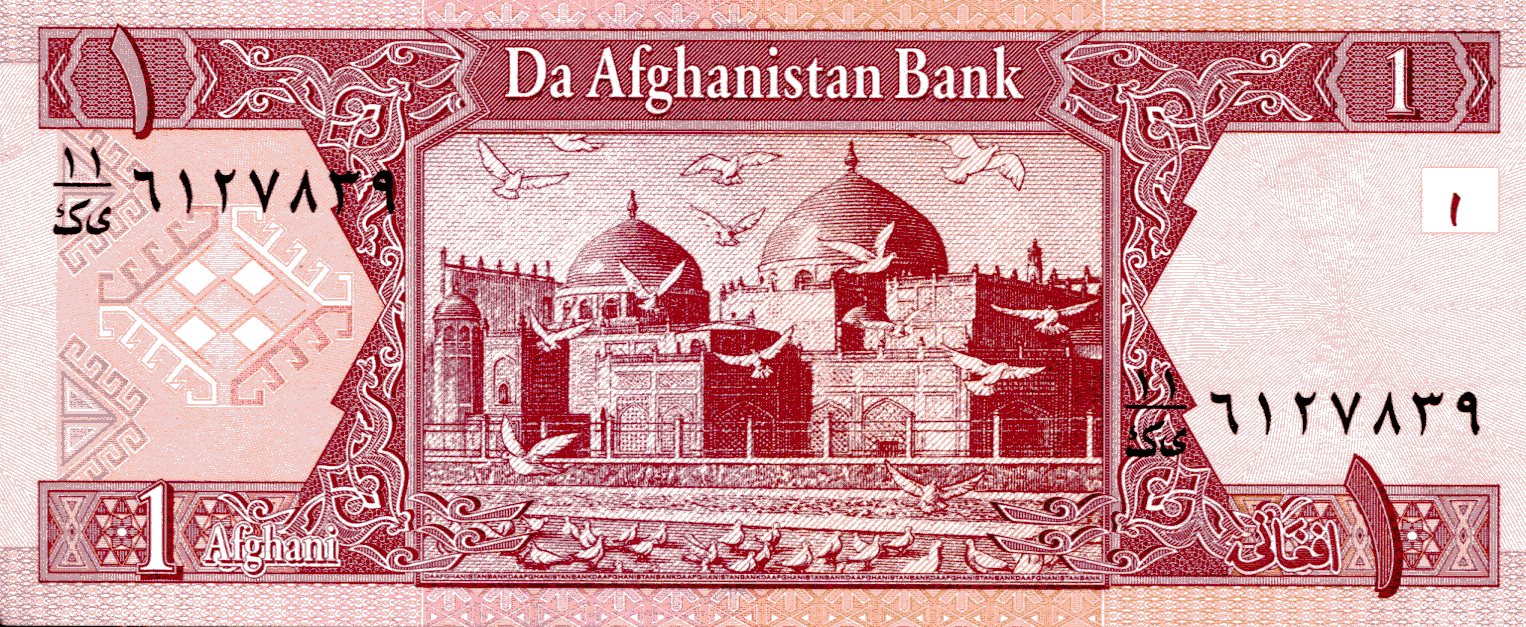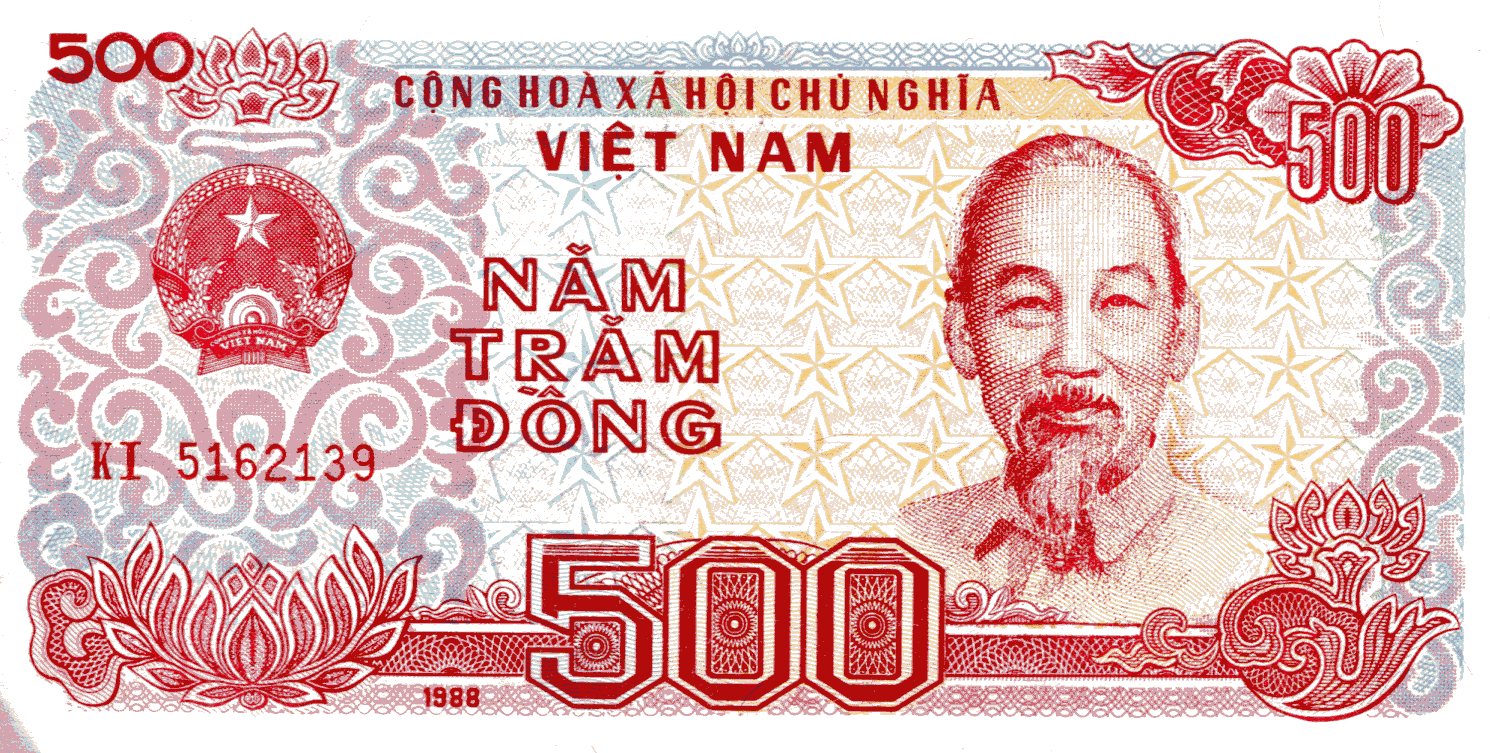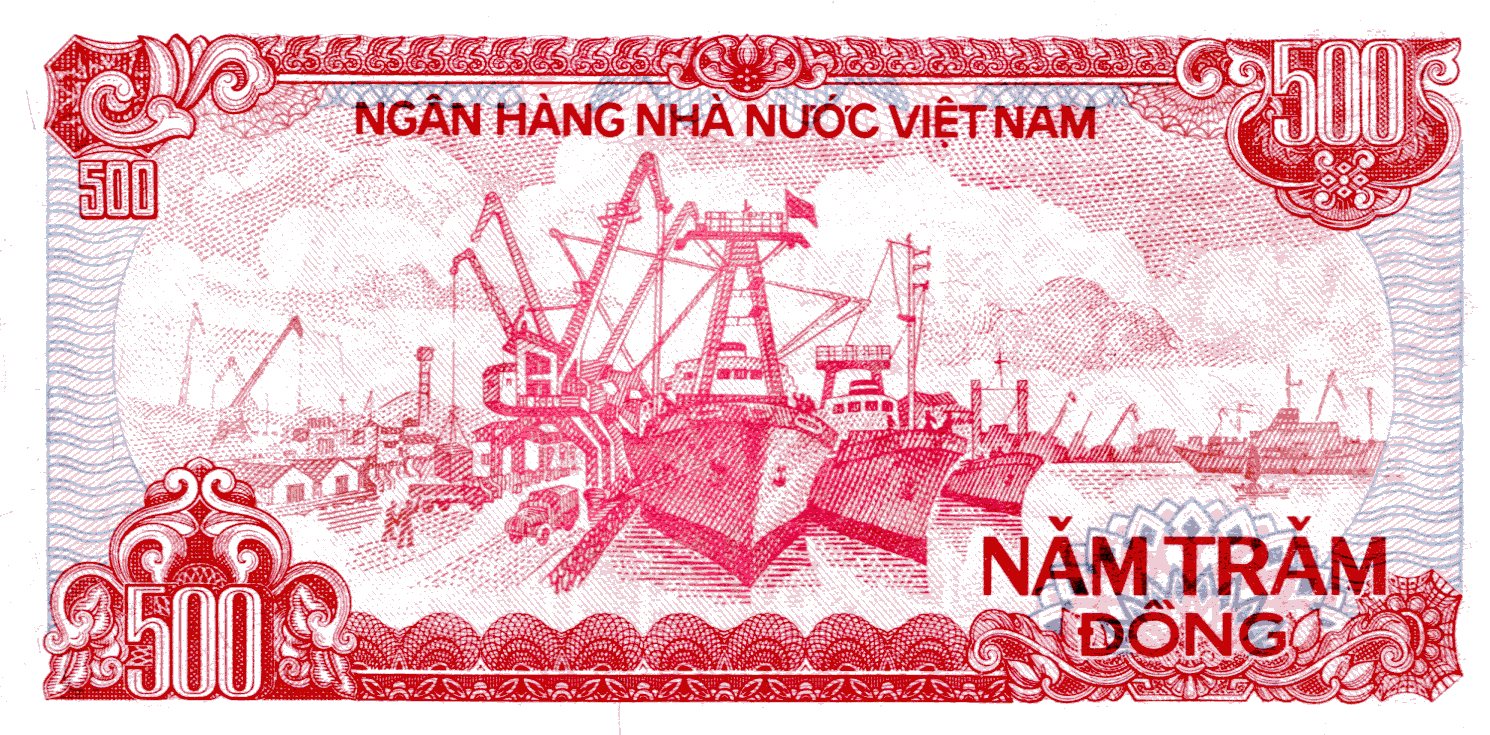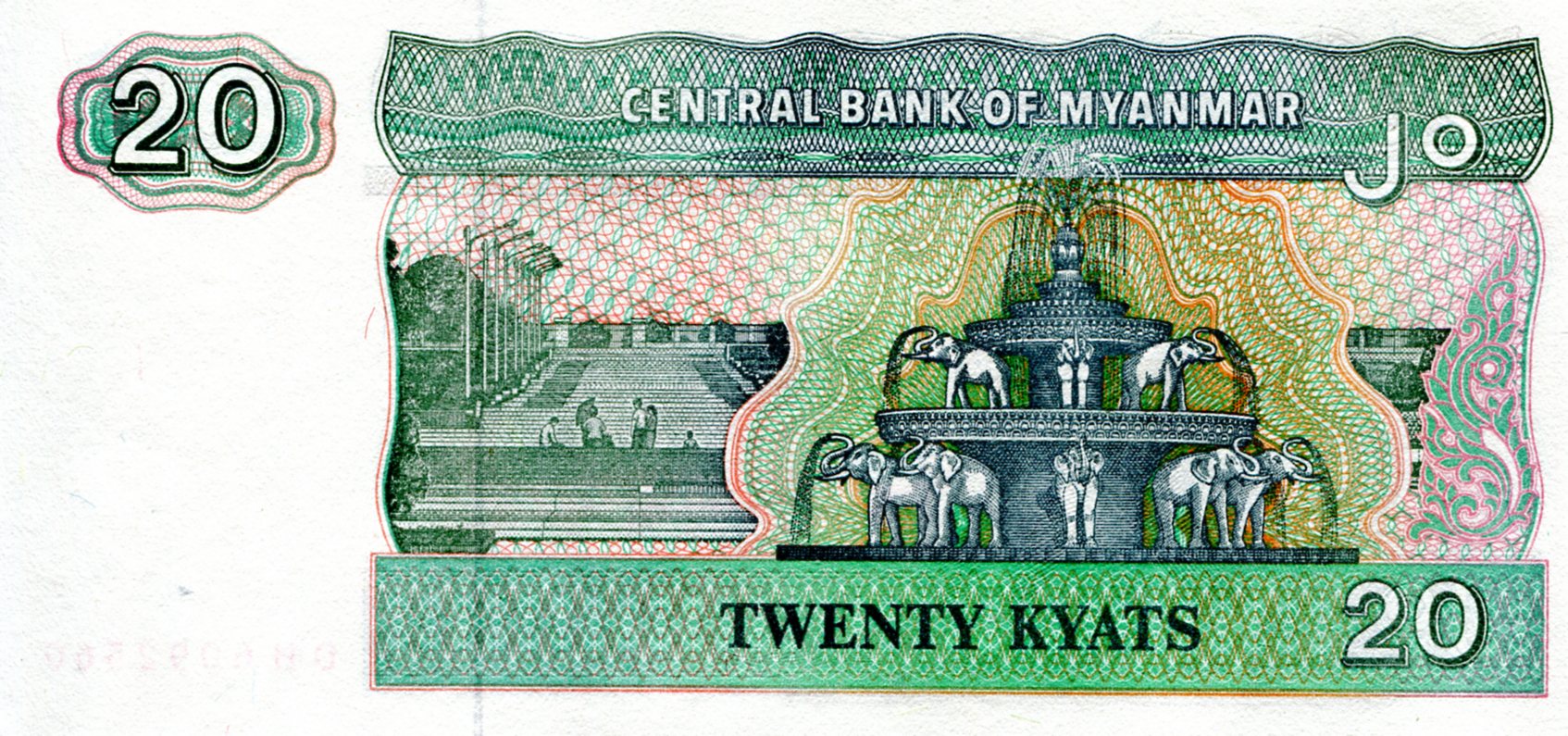These days the headquarters of the U.S. Mint might be in Washington, DC, but its main branch is in Philadelphia, put there when that city was the national capital for a decade or so in the late 18th century. Congress created a national mint as part of the Coinage Act of 1792, as it was authorized to do by the Constitution (Article I, Section 8).
The 1792 law is an interesting read for numismaphiles, especially the specifications for U.S. coinage — and the fact that the direct ancestor of our dollar was the Spanish milled dollar “as the same is now current.” This fact ought to be better known.
“By far the leading specie coin circulating in America was the Spanish silver dollar, defined as consisting of 387 grains of pure silver,” notes Murray N. Rothbard in “Commodity Money in Colonial America.” (The libertarian economist who seemed to have no love for that invention of the Devil, fiat money; still, I’ll bet he’s reliable when taking about the nothing-but-metal currency of the early Republic.)
“The dollar was divided into ‘pieces of eight,’ or ‘bits,’ each consisting of one-eighth of a dollar,” Rothbard wrote. “Spanish dollars came into the North American colonies through lucrative trade with the West Indies. The Spanish silver dollar had been the world’s outstanding coin since the early 16th century, and was spread partially by dint of the vast silver output of the Spanish colonies in Latin America. More important, however, was that the Spanish dollar, from the 16th to the 19th century, was relatively the most stable and least debased coin in the Western world.”
Indeed, the Spanish dollar was legal tender in the U.S. until 1857. Then there’s Section 19 of the 1792 law, on the penalties for debasing coins: “If any of the gold or silver coins which shall be struck or coined at the said mint shall be debased or made worse as to the proportion of the fine gold or fine silver therein contained, or shall be of less weight or value than the same out to be pursuant to the directions of this act… every such officer or person who shall commit any or either of the said offenses, shall be deemed guilty of felony, and shall suffer death.”
Italics added. I’m not going look into it further right now, but maybe that penalty was inspired by the penalty for such misdeeds at the Royal Mint, which I suppose would be a direct offense against the sovereign. Also, I doubt that anyone ever was executed in the United States for such a crime, though a few mint miscreants have probably been tossed in the jug over the decades.
In any case, the expectation in 1792 seemed to be that the mint would move with the national capital, but things didn’t work out that way. According to the Mint, in 1801 — after Washington City had been established, though it wasn’t much more than a marshy place on the Potomac — “Congressional legislation directs the Mint to remain in Philadelphia until March 1803.
“Mint Officials were not in favor of relocating the facility to the newly established Federal City in Washington, and addressed their concerns many times. Legislation extending the Mint’s stay in Philadelphia appears throughout the early 1800s. Most extensions were for five years. At some point Congress seems to have tired of these extensions. An Act of May 19, 1828, leaves the facility in Philadelphia ‘until otherwise provided by law.’ ”
Since then, the United States has manufactured coinage in four locations successively in Philadelphia. The first and second sites no longer exist. The current mint facility, a large concrete building not too far north of Independence Mall, dates from the 1960s. It’s the fourth facility, designed by Philadelphia architect Vincent G. Kling and, while concrete, isn’t especially brutal. Or that good-looking either.
As you’d expect, the third facility, completed in 1901, has more style. The Beaux Arts building, I’m glad to report, still exists. It’s home to the Community College of Philadelphia these days. I didn’t have time to see it, so it counts as another reason to return to Philadelphia sometime.
You enter the modern mint building on N. 5th St., through an entrance that has a guard and a metal detector. No photography allowed inside. The first place you come to is a floor that includes the gift shop and an electronic sign that tells you how many coins, and what kind, the facility has made lately. From there escalators rise a couple of floors to two long halls that overlook the mint factory floor. Along the halls, at least where there are no windows to look through, are displays about the manufacture of coins: blanking, annealing, riddling, upsetting, striking, inspecting, counting and bagging.
In front of a display about mint marks, I fell into a short discussion with an elderly couple about them. The displays said, naturally, that until fairly recently Philadelphia-made coins had no mint mark — except for ’40s wartime nickels — but that they do now, except for the penny. As we talked about that, I was astonished to realize that they’d never heard of mint marks, though I didn’t tell them that. The woman thought it a nifty thing to learn, and said that she’d be looking more closely at coins. I encouraged her to do so.
Wiki, though there’s no underlying reference, explains why Philadelphia pennies carry no mint mark, something I’d never seen clarified: “Currently, the Lincoln cent is the only coin that does not always have a mint mark, using a D when struck in Denver but lacking a P when ostensibly struck at the Philadelphia mint; this practice allows additional minting of the coin at the San Francisco mint (S) and West Point mint (W) without the use of their respective mint marks to supplement coin production without the concern of creating scarce varieties. Generally modern S and W coins do not circulate, being mostly produced as bullion, commemorative, or proof coinage.”
I can’t say that I understood by sight much of what was going on down at the Philadelphia mint factory floor. There are a lot of large machines, along with conveyor belts and other mechanical odds and ends down there, but few people. Mostly the process, from blanking to bagging, is automated. I got the same impression of bemusing industrialism at the Denver mint in 1980, and at the Canberra mint in 1991, (the Osaka mint had a museum, but I don’t think it gave tours).
The factory is unusual in that way down on the floor is a scattering of coins, mostly pennies, presumably those that have dropped from the process at one time or another. For that matter, most of what I saw in various bins and tubs were pennies. Many, many pennies. All that manufacturing effort for a coin no one really wants any more, except for the zinc barons.
It may be just as well when the U.S. cent coin finally dies, as well as the dollar bill. If coins in this country are to have a long-term future — and I’d be sad to think of a future without them — very small denominations need to make way for larger ones. As long as the design is interesting, and the presidential dollars certain qualify, transitioning to $1 coins would be OK. So would $2 coins, for that matter, as the Canadians have done with their loonies and twonies.
